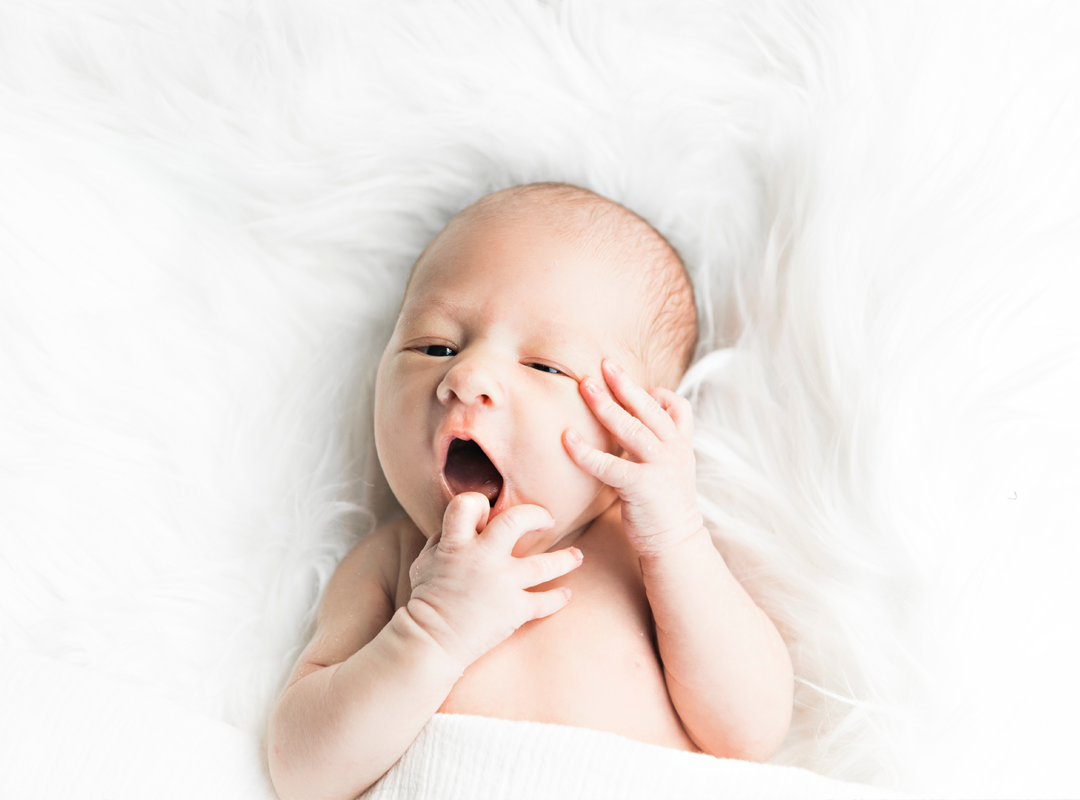Sweet Dreams: Safe Sleep Set-Up
Ensuring your baby enjoys sweet dreams in a safe sleep environment is essential for their health and well-being. Crafting the perfect sleep setup involves understanding safe sleep guidelines, choosing appropriate sleepwear, creating a comfortable crib environment, and maintaining a suitable room temperature. This guide, “Sweet Dreams: Safe Sleep Set-Up,” delves into these aspects to help you create a haven for your little one.
Understanding Safe Sleep Guidelines
Creating a safe sleep environment for your baby begins with understanding and implementing safe sleep guidelines. These guidelines, formulated by the American Academy of Pediatrics (AAP) and other health organizations, aim to reduce the risk of sudden infant death syndrome (SIDS) and other sleep-related infant deaths.
First and foremost, always place your baby on their back to sleep, for both naps and nighttime. This sleeping position is the safest and significantly reduces the risk of SIDS. The “back to sleep” practice should be maintained until your baby can roll over both ways independently, which typically occurs around 6 months of age.
Babies should sleep in their own crib or bassinet, separate from where adults sleep. Room sharing, where the baby’s crib or bassinet is in the same room as the parents, is recommended for at least the first six months. This practice can reduce the risk of SIDS by up to 50%. However, avoid bed-sharing, as it increases the risk of suffocation, entrapment, and SIDS.
Keeping the sleep environment clutter-free is crucial. Remove pillows, blankets, bumper pads, and soft toys from the crib, as these items can pose suffocation hazards. A fitted sheet on a firm mattress is all that is needed. Make sure the crib meets current safety standards, with slats no wider than 2 3/8 inches apart, to prevent your baby’s head from getting stuck.
Maintaining a smoke-free environment is also important. Exposure to smoke, both prenatally and after birth, increases the risk of SIDS. Ensure that no one smokes around your baby or in your home.
Choosing the Right Sleepwear
Selecting the appropriate sleepwear is a key component of creating a safe and comfortable sleep environment. The right sleepwear not only ensures comfort but also plays a vital role in regulating your baby’s body temperature and reducing the risk of overheating, which is linked to SIDS.
Babies should be dressed in light, breathable clothing. One-piece sleepers or sleep sacks are ideal, as they provide warmth without the need for loose blankets, which can be hazardous. It’s important to avoid overdressing your baby; a good rule of thumb is to dress them in one more layer than you would wear to be comfortable in the same room.
The fabric of the sleepwear is also crucial. Choose materials like cotton, which are soft, breathable, and non-irritating to a baby’s sensitive skin. Avoid synthetic fabrics that can trap heat and moisture, leading to discomfort and potential skin irritation.
Additionally, ensure the sleepwear fits well. Clothes that are too loose can ride up over the baby’s face and pose a suffocation risk, while clothes that are too tight can be uncomfortable and restrictive.
Incorporating comfortable baby clothes diaper free practices can also benefit your baby’s sleep quality. Letting your baby sleep without a diaper occasionally, if they are comfortable and there are no leakage issues, can allow their skin to breathe and prevent diaper rash. However, this should be done with caution and under appropriate circumstances to avoid sleep disruptions due to wetness.
Creating a Comfortable Crib Environment
The crib is the centerpiece of your baby’s sleep environment, and its setup can greatly influence the safety and quality of your baby’s sleep. Ensuring the crib is safe, comfortable, and conducive to sleep is paramount.
Start with the mattress. A firm mattress that fits snugly within the crib frame is essential. A mattress that is too soft or one that does not fit properly can pose suffocation hazards. There should be no more than a two-finger width space between the mattress and the crib sides.
Next, consider the crib bedding. Use only a fitted sheet designed for your crib mattress. Avoid using additional bedding such as quilts, pillows, or bumper pads, as these can increase the risk of suffocation and SIDS. If extra warmth is needed, consider a sleep sack or wearable blanket.
The placement of the crib is also important. Position the crib away from windows, cords, and blind strings to prevent accidental strangulation. Ensure that the crib is in a quiet, low-light area of the room to promote better sleep.
Regularly check the crib for any loose screws or broken parts, and ensure it complies with the latest safety standards. Avoid using hand-me-down cribs that may not meet current safety guidelines.
Maintaining a Suitable Room Temperature
The temperature of the room where your baby sleeps plays a crucial role in their comfort and safety. Keeping the room at a comfortable temperature helps ensure your baby can sleep peacefully without overheating or becoming too cold.
The ideal room temperature for a baby’s sleep environment is typically between 68 and 72°F (20 and 22°C). This range provides a comfortable climate that is neither too hot nor too cold. Use a room thermometer to monitor the temperature and adjust as necessary.
To maintain this temperature, use appropriate heating or cooling systems, depending on the season. In warmer months, consider using a fan or air conditioner to keep the room cool, but ensure the airflow is not directly aimed at the crib. In colder months, use a heater if necessary, but avoid placing it too close to the crib to prevent overheating.
Dress your baby in light, breathable sleepwear appropriate for the room temperature. Overheating is a significant risk factor for SIDS, so avoid heavy blankets and ensure your baby is not sweating or feeling hot to the touch. Instead, use sleep sacks or wearable blankets for added warmth if needed.
It’s also important to keep the room well-ventilated. Fresh air can help reduce the risk of SIDS. Avoid excessive heating, and ensure the room has good airflow. Opening a window slightly or using a fan can help maintain proper ventilation, but always keep safety in mind and ensure your baby is not in a draft.
Consistency and Routine
Consistency and routine are vital for promoting healthy sleep habits in your baby. Establishing a regular bedtime routine can help signal to your baby that it’s time to sleep, making the transition to bedtime smoother and fostering better sleep patterns.
Start with a calming pre-sleep routine. This could include activities such as a warm bath, gentle massage, reading a book, or singing a lullaby. These activities help soothe your baby and prepare them for sleep. Consistency is key, so try to perform these activities in the same order every night.
Consistency also applies to sleep times. Putting your baby to bed at the same time each night helps regulate their internal clock and encourages a natural sleep-wake cycle. It’s important to follow your baby’s cues and adjust the bedtime if needed, but maintaining a regular schedule as much as possible will benefit both you and your baby in the long run.
Nighttime feedings can be a part of the routine, especially for younger infants. Keep these feedings calm and quiet, avoiding bright lights or stimulating activities. This helps your baby understand that nighttime is for sleeping, not playing.
When it comes to naps, try to establish a consistent nap schedule as well. While nap times may vary slightly, having a general routine can help ensure your baby gets adequate daytime rest, which in turn supports better nighttime sleep.
creating a safe and comfortable sleep environment for your baby involves multiple aspects, from following safe sleep guidelines and choosing appropriate sleepwear to maintaining the right crib environment and room temperature. Consistency in routines further enhances sleep quality, helping your baby enjoy sweet dreams night after night. By paying attention to these details, you can ensure that your baby’s sleep environment is both safe and conducive to restful sleep, setting the foundation for healthy sleep habits that will benefit them for years to come.




